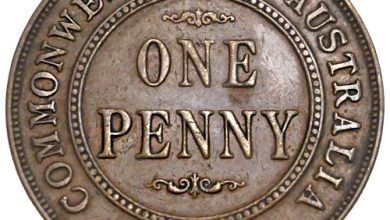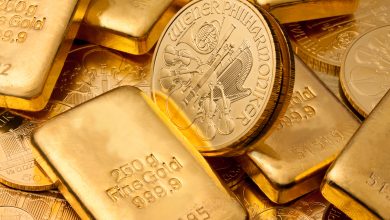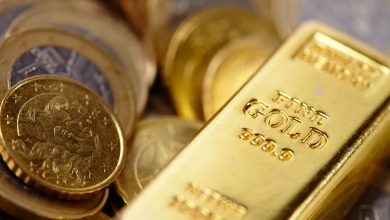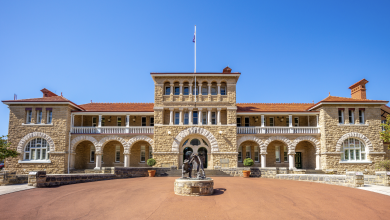How are Bullion Bars Made
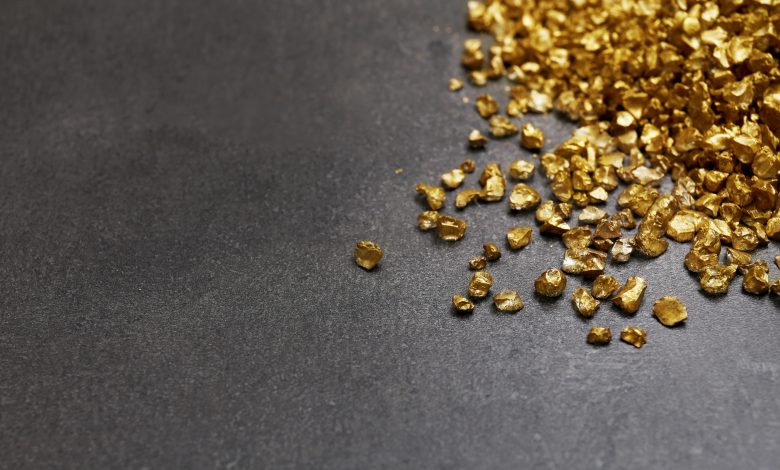
Most people have a romanticised idea of how gold is brought to the surface – the iconic frontiersmen panning for gold in a pristine location, previously untouched by man. At one time this was true and here in Australia there have been some substantial gold discoveries, some of the biggest gold nuggets ever found were on this continent.

With modernity comes technology and the iconic gold prospector now uses large machinery and cutting-edge devices to discover and refine deposits of precious metals rather than sheer luck and will-power. Unfortunately, (or possibly fortunately) the discovery of large gold deposits is increasingly rare, there are some theories that most of the gold still readily available to mine will be expended by 2075. There isn’t much word on how this might affect the spot price, but most indications are that it will rise exponentially due to the economic theory of supply and demand. Some mints have begun to extract gold through the recycling of electronics to supplement this increasing rarity of the yellow metal.
So, you have found your gold, by using heavy machinery, dynamite, or a simple pan in a river. But how would one turn that into an ingot? There are many ways gold is turned into the precious bars we most commonly see, I will mainly be focussing on the method that the Perth Mint uses, However all mints will use slightly different processes.
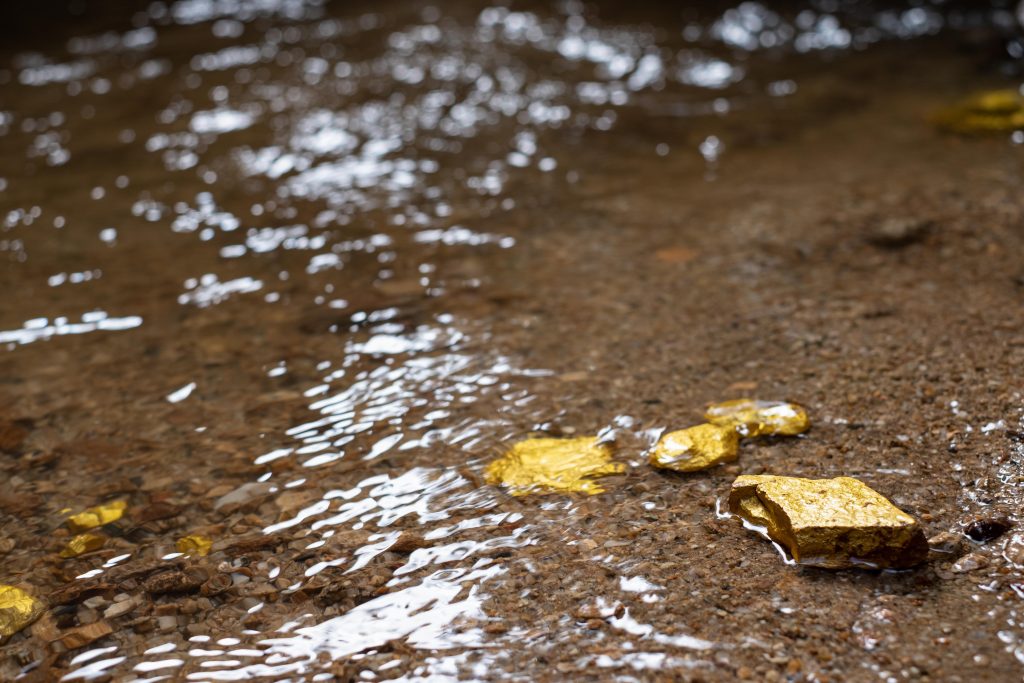
Most often the gold will be crushed and then washed. Gold is extremely dense and will sink to the bottom rather quickly making for separation from other particles easier. The gold will then be treated with chemicals to purify it, this is most often a weak solution of sodium cyanide, this dissolves the gold and turns it into a slurry. Pellets of activated charcoal are then added to the slurry which absorbs the gold. It is stripped from these pellets by another washing in now hot cyanide. An electric current is passed through this solution which deposits the gold on to a steel wool cathode. Finally, the gold is treated with hydrochloric acid to dissolve the steel and now a pure gold sludge remains, this is then filtered and dried, now this gold sludge is ready to be heated! So yes, as you can tell its not a very simple process to get these 99.99% pure bars, we all enjoy so much. There are still a few more steps within the smelting process to achieve true pure bullion. All mints use a different process or different combinations of these processes to achieve the desired purity usually 99.99 fine gold, Or 99.99 parts per 10001.
Watch The Perth mint production process here: https://www.youtube.com/watch?v=SUIMvT0VED4
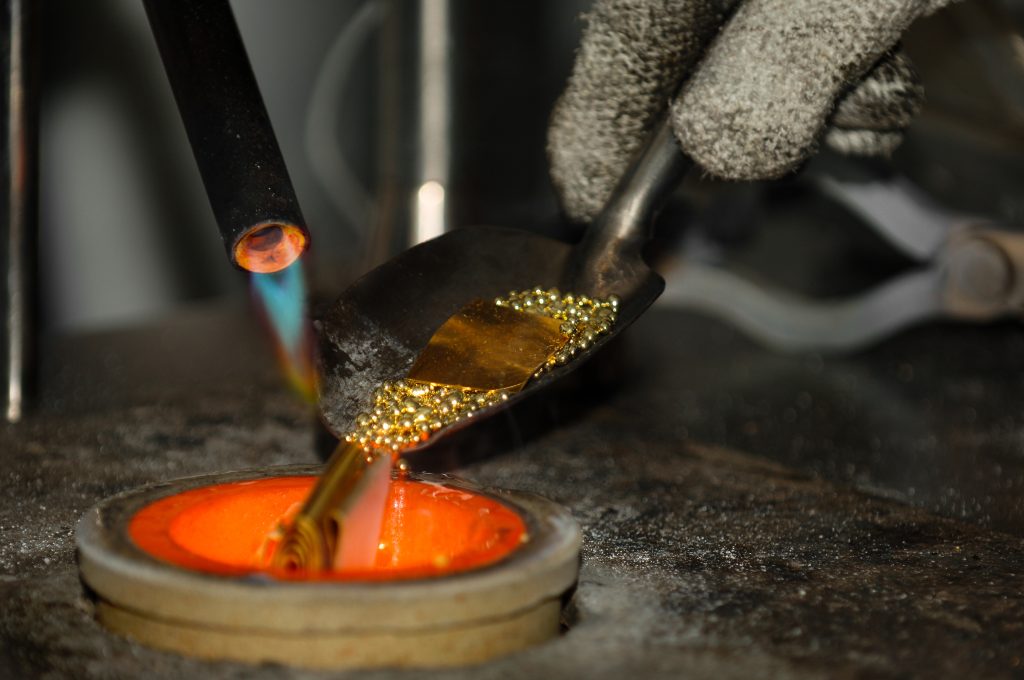
The purest gold ever produced was refined right here in Australia by the Perth mint in 1957, they were able to achieve six nines 999.999 fine gold. While the Royal Canadian mint has begun to regularly release products of a 99.999 fineness, usually a special addition coin.
1Gold
https://www.ga.gov.au/education/classroom-resources/minerals-energy/australian-mineral-facts/gold

